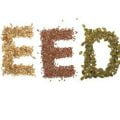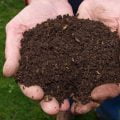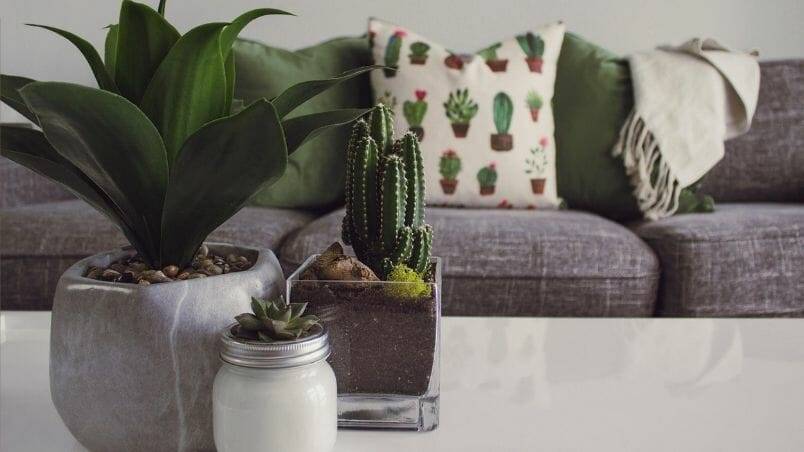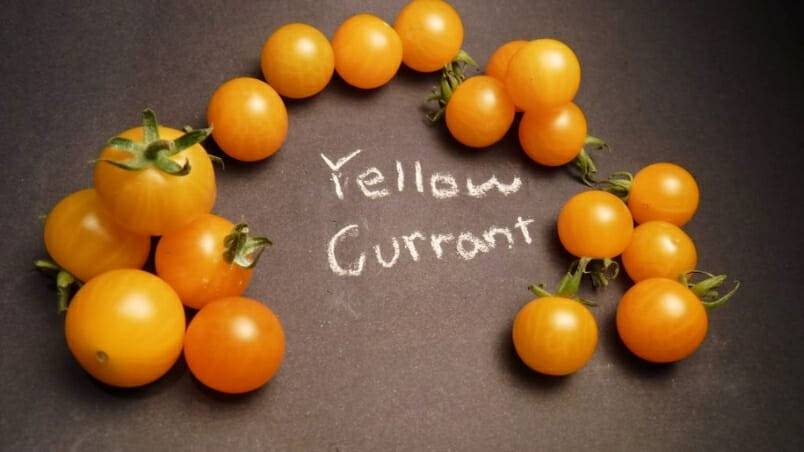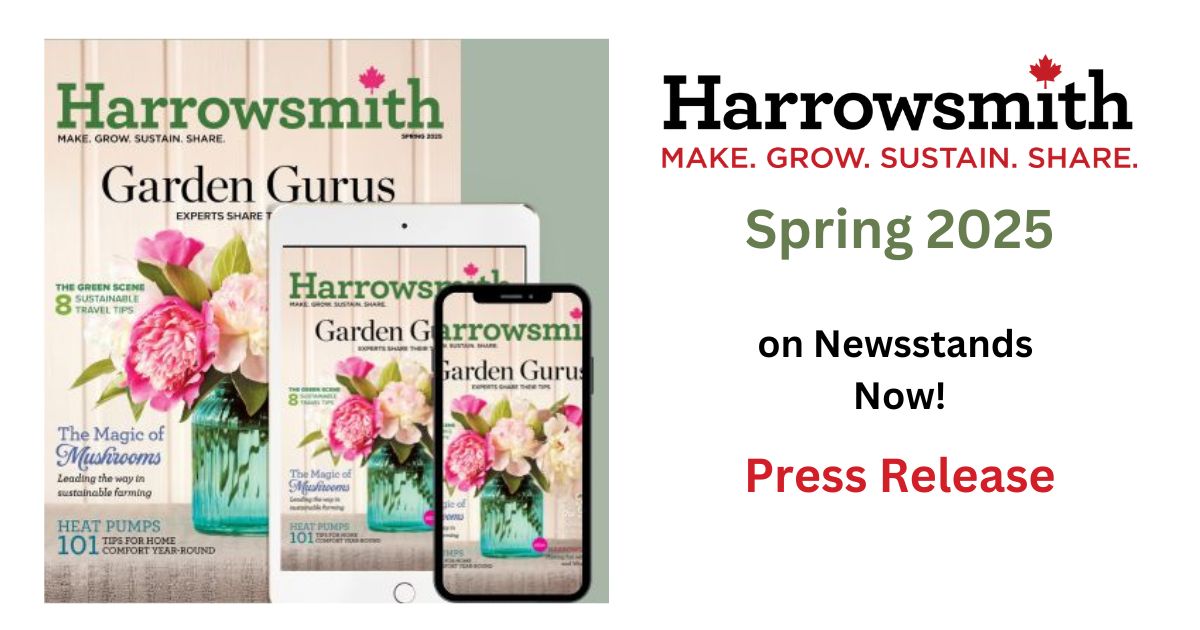Having a lush green lawn is a badge of honour for many homeowners, yet weeds can quickly take over, leaving your property—and curb appeal—in shambles.
Most weeds are perennials, meaning they come back every year, so the goal of growing a great lawn is an endless battle. On the bright side, some of these weeds can be good for you and, hey, doesn’t harvesting sound better than crawling around on hands and knees, hunting for culprits?
The first step to getting weeds under control is identifying which weeds are making themselves at home on your property. Here are some of the more common troublemakers, plus advice on how to manage them.
 Ground ivy
Ground ivy
Ground ivy comes in different strains and may have white, blue or yellow flowers, with three-leaf petals. The plant likes to stay low to the ground and is hard to pick out, so using weed killers will only kill the grass. Ground ivy also settles in patches on the lawn and can take over your lawn very quickly. This ivy reproduces by slender stems that creep along the soil surface, as well as by seeds.
 Crab grass
Crab grass
Crab grass is another weed that is hard to pull out, as it nestles in between blades of grass in your lawn or bunches up at the edges. Weeding tools will tear up your lawn, so this weed needs to be picked out one by one, preferably when the ground is wet, for easier pickings. Crab grass is hard to control, and one plant is capable of producing 150,000 seeds per season.
 Ragweed
Ragweed
For allergy suffers, this weed is a major problem, as ragweed pollen is the principal cause of hay fever. This pollen has staying power—it can be carried 480 to 640 km (300 to 400 miles) by winds, and a single plant can produce a billion grains of pollen per season, making it a no-win fight for allergy sufferers. The plant can grow up to 13 feet in height and is identified by its distinctive leaves.
 Dandelions
Dandelions
Everybody knows this yellow flower weed, which never seems to go away. Each plant can produce 2,000 seeds, and each flower, with its globe-like transformation, creates 50 to 200 seeds. What you may not know is that dandelions are edible, and they’ve been harvested for salads as part of the European diet. Like we said, if you can’t beat ’em, you might as well eat ’em!
 Plantain
Plantain
This leafy plant quickly covers a lot of ground and typically shows up on the edges of your lawn in a small area of exposed soil. These are easy to dig out with a weed tool or flat screwdriver. A single plant can generate 20,000 seeds. The weed is also on the list of edible weeds (such as spinach) and has been used in teas for heartburn and ulcers.
 Thistle
Thistle
This prickly weed is part of the daisy family and can grow to two to five feet if left unattended. Each plant produces about 50 seeds, so this perennial is not as invasive as other weeds, but it has deep roots and is hard to pull out of the ground. Other strains of thistle, like milk thistle, are edible and have been used in liver cleansing and the treatment of digestive issues.
Though these are some of the more common weeds found in lawns across Canada, there are variations of each type. Scientists have, in fact, discovered that weeds come in many different forms, and they all are given unique descriptions based on the flowers, leaves and geographic location. All share a common genetic trait, however: weeds can spread by wind, so they can travel great distances and pollinate areas that may not have had them before.
The best remedy to keep weeds at bay is to pull them at the root level and to have a dense lawn, which can be achieved through proper mowing and the use of fertilizer. As they say, prevention is the best medicine.
Is a regular contributor to Harrowsmith. He has written stories about home care, real estate, and technology. He is an avid sportsperson and enjoys playing hockey, golfing, cycling and fishing. He aims to make the world a greener and safer place through his work as a writer and is passionate about energy and its impact on the environment.


 Ground ivy
Ground ivy Crab grass
Crab grass Ragweed
Ragweed Dandelions
Dandelions Plantain
Plantain Thistle
Thistle